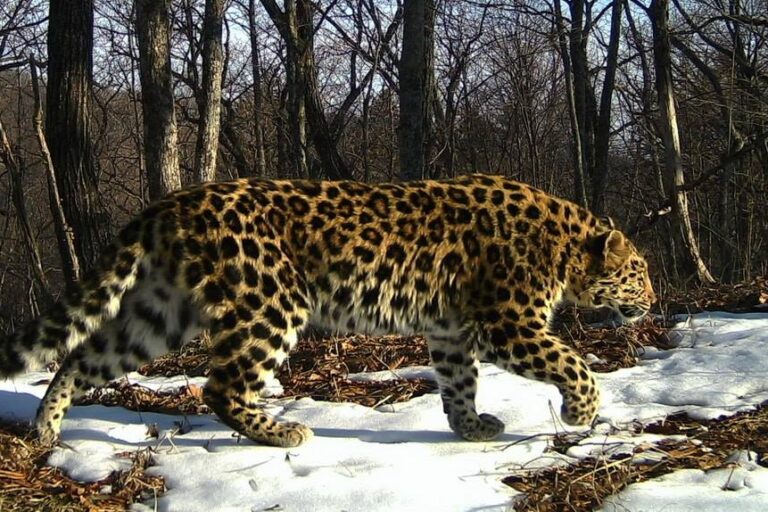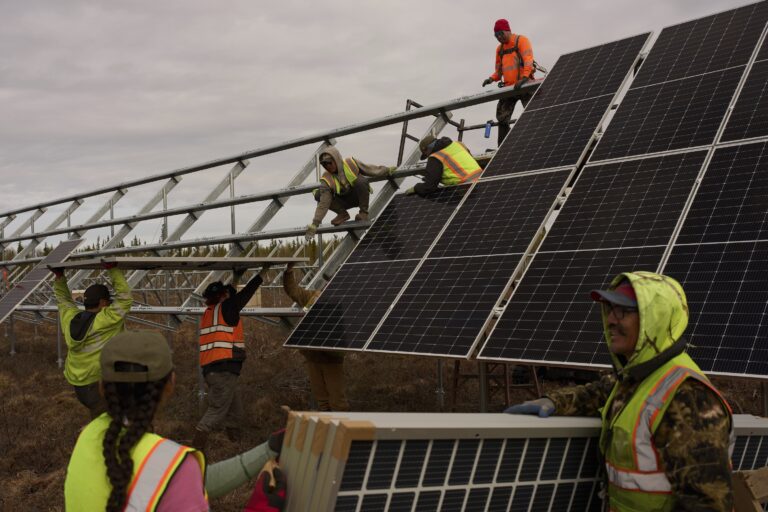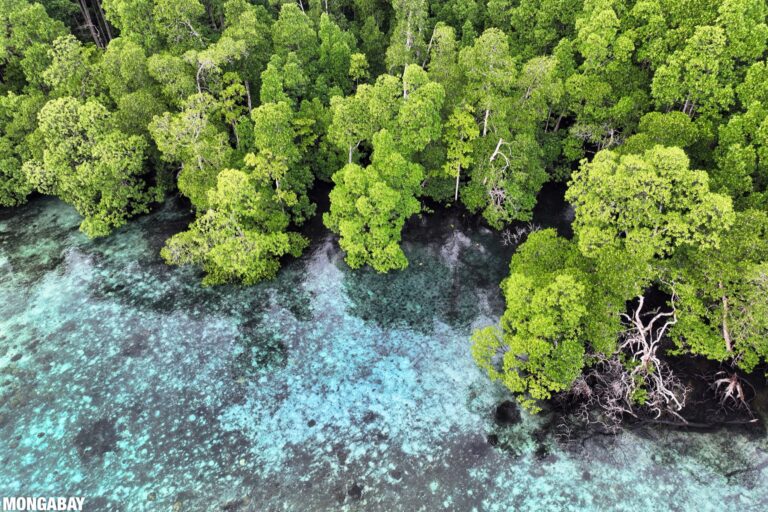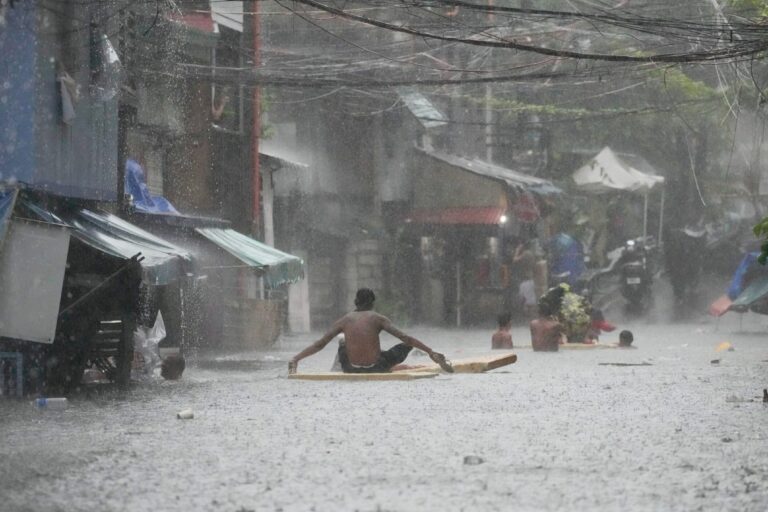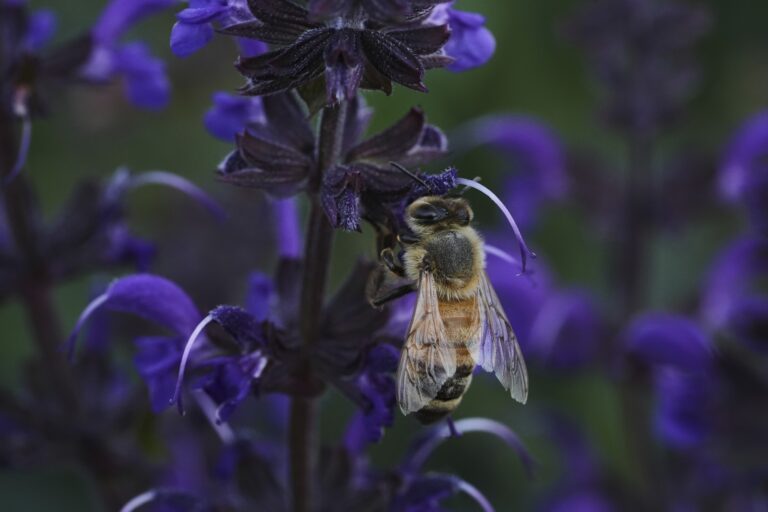Tropical Storm Wipha has left a trail of heavy flooding, landslides, strong winds and several deaths in parts of Southeast Asia over the past few days.
The cyclone started as a low-pressure area east of the Philippines on July 15. By July 16, it had intensified into a tropical depression, according to the Philippine National Disaster Risk Reduction and Management Council (NDRRMC).
As the storm strengthened over the next couple of days, it brought heavy rains throughout the Philippines, flooding several communities and making roads impassable. Dams were also forced to release water, local media said. The public works department said the disaster caused 526 million pesos ($9.2 million) in infrastructure damage.
The storm and the Southwest Monsoon together affected more than 1.2 million people, with more than 20,000 of them forced to stay in evacuation centers. Almost 1,300 houses were partially or totally damaged. At least five people died and seven remain missing, according to the NDRRMC.
In rural areas of the Philippines, heavy rain damaged high-value crops such as rice, tomato, eggplant and bitter gourd. Livestock, especially goats, were reportedly affected by hypothermia. Fishers in provinces south of the capital region were also affected, prompting a group to call for relief, media reported.
By July 19, Wipha, known in the Philippines as Crising, had developed into a severe tropical storm, just as it exited the Philippine region. As it passed south of Taiwan that same day, domestic flights and ferry routes on the island were suspended or cancelled. Mudslides were reported in some villages, prompting preemptive evacuation in affected areas. Low-lying areas in Taitung City saw flash floods.
Wipha then intensified into a typhoon, and continued to bring heavy rains as it made landfall in Guangdong, on the Chinese mainland, on July 20, also affecting Hong Kong.
While strong winds forced 200 people to stay at temporary shelters, much of the damage in Hong Kong was limited to fallen trees and scaffolding, Reuters reported. Flights were also suspended at the city’s airport over the weekend, resulting in long lines at check-in counters by July 21. Flights were also cancelled and rescheduled in the neighboring Chinese territory of Macau, a popular gambling hub.
Over China, Wipha weakened into a tropical storm, but heavy rain was still projected through July 22 for regions such as Guangdong, Guangxi, Hainan and Fujian.
As of publication of this report on July 22, Wipha had made landfall in northern Vietnam. Flights were cancelled on July 21 in anticipation of the cyclone, and more than 346,000 soldiers were on standby to attend to emergencies, local media reported.
Meanwhile, Thailand’s meteorological department has issued heavy rain alerts for the country, which is next in Wipha’s path.
Banner image of a heavy downpour after Tropical Storm Wipha caused intensified monsoon rains in Quezon City, Philippines, on July 21. Image by AP Photo/Aaron Favila.
